Update Record and Get a Social Security Card
Project Summary
Nearly everyone in America at some point in their life needs a Social Security card. Hundreds of thousands of people each month request Social Security card services. Their reasons may be for proof to work, their child's first card, or a new card with an updated name. The latter often occurs after marriage and was the use case we evaluated for this project. Our capacity to serve these customers in person is no longer viable based on demand.
Results
Increase in online usage by over 15-20%.
Statistically
significant increase in customer satisfaction by 2-3%.
Process
Key Learnings
Customers were not well informed of this new business model and showed up expecting in-person service. They also had many issues trying to navigate the online application to request a card and could not easily find the existing scheduling system.
Problem Space
Problem
The agency responded to an increasingly high demand for Social Security card services by requiring every customer to schedule an appointment before visiting an office. While this helped staff and offices better manage their time, it often worsened the conditions for customers. They were not well informed and traveled to an office to be denied service. They were further frustrated after waiting weeks or months for an appointment that only took about 10 minutes.
Challenge
This approach did not address the root cause of the problem and the demand for these services was still too high for our staff to process requests timely. The appointment backlog grew. Early on the problem was misinterpreted and likely the result of poor measurement practices. The federal government was under a hiring freeze for the foreseeable future.
Goals and Objectives
- Analyze the process end-to-end -from initial contact till they received their card and left feedback.
- Find the touchpoints that posed the greatest challenges for customers.
- Design a process that incorporated changes to the digital products and services so more customers would go online and find success.
- Close online service gaps so customer's path led to either successful requests or a scheduled appointment. Eliminate fall-outs paths.
- Allow people to walk in without an appointment again.
Get to know our users
Willow represents our target audience.
- The majority of our users changing their name identify as female.
- They are recently married.
- Marriage is the life event that brings them to Social Security.
- Their preferred channel is the web and due due to a busy life style.
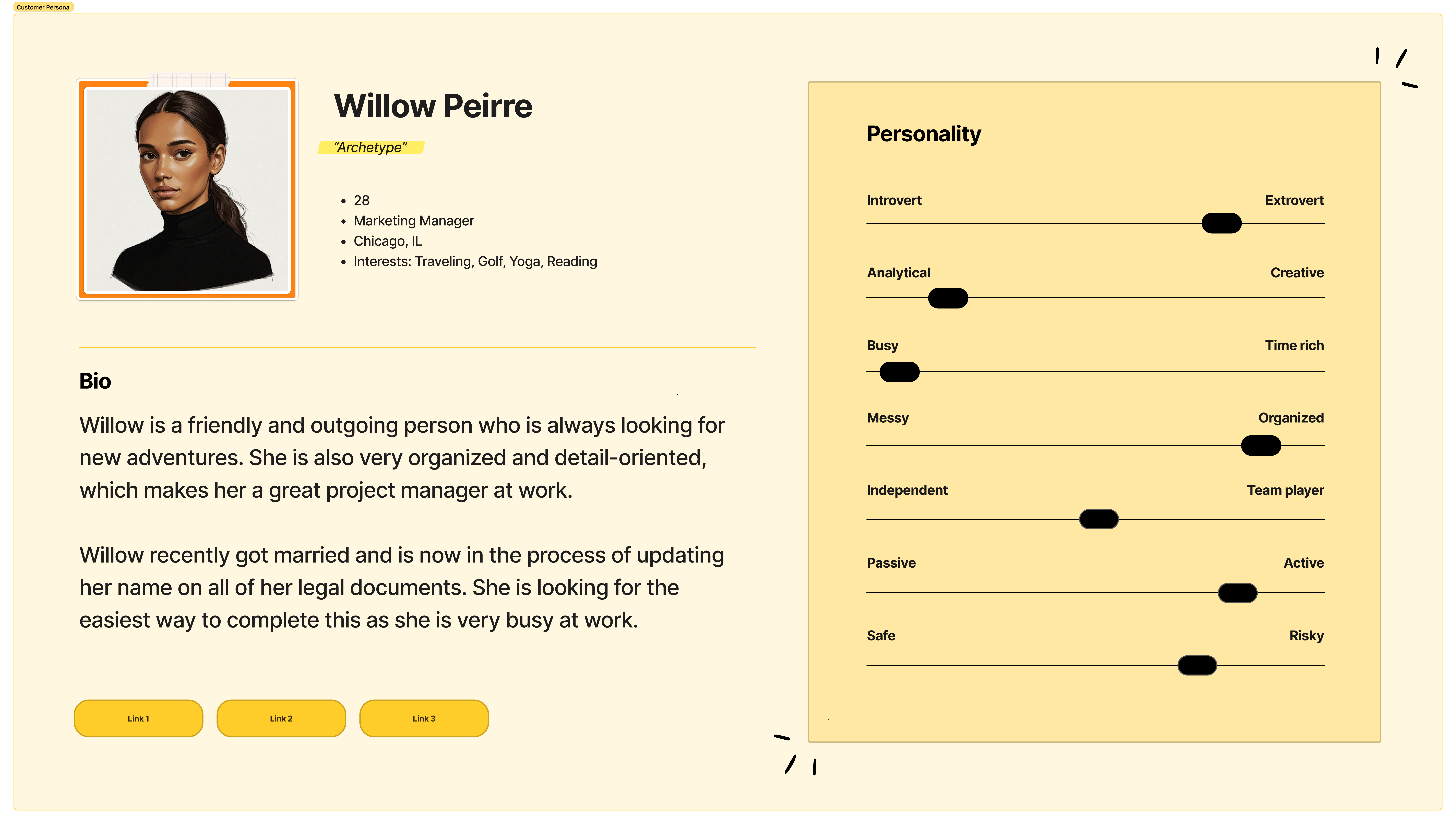
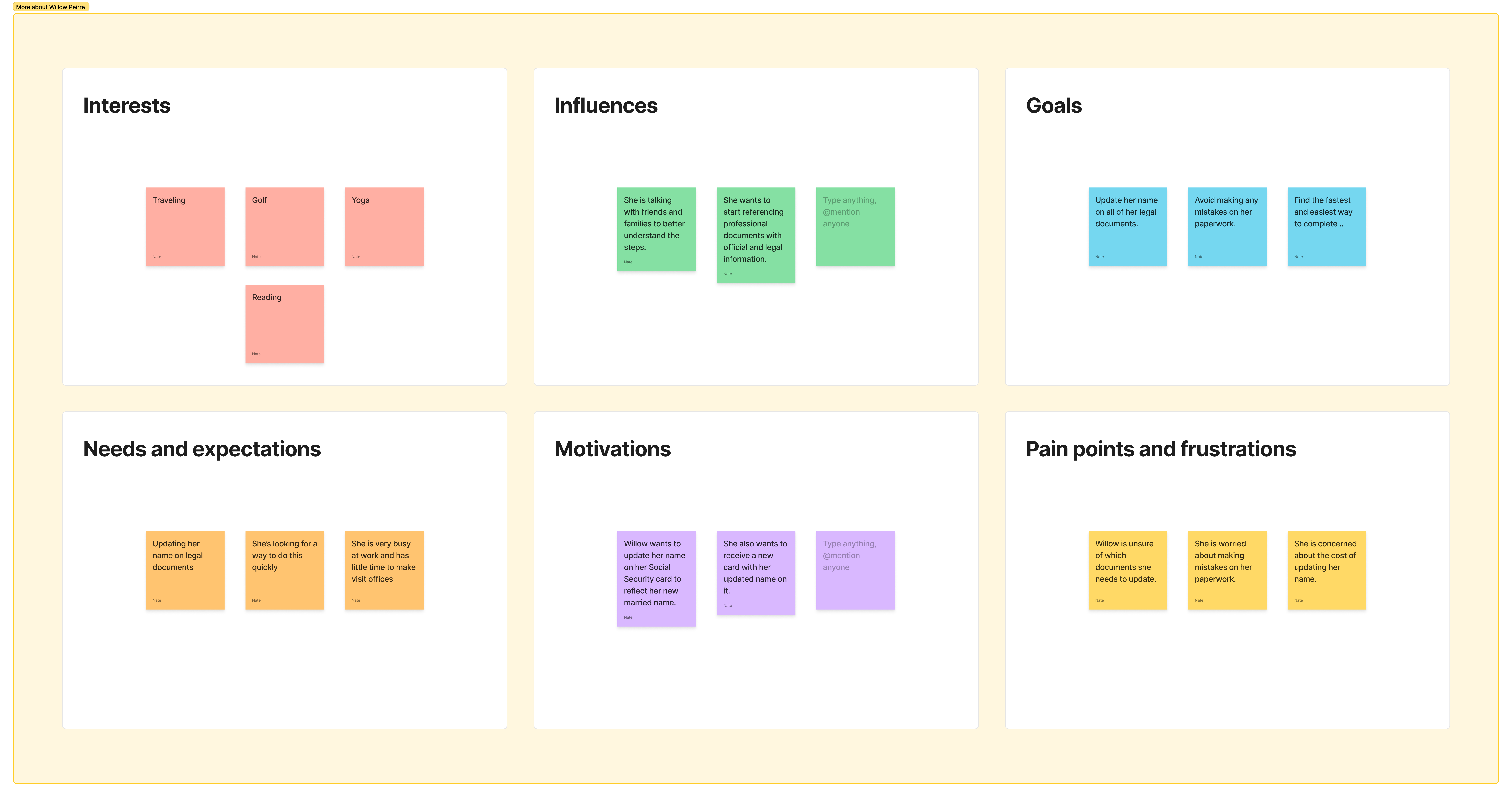
User Flow
Our Approach
Detail the user flow steps from the perspective of subject matter experts. We diagrammed the flow to understand how the process aligns to the actual experience we would observe in later research.
Journey Map
Our customer journey map focused on telling an emotional story from Willow’s point of view. We wanted to show how her emotions moved from anger to joy throughout and highlight opportunity areas to improve. We conducted interviews and synthesized open-ended feedback from our Voice of Customer platform – Medallia.
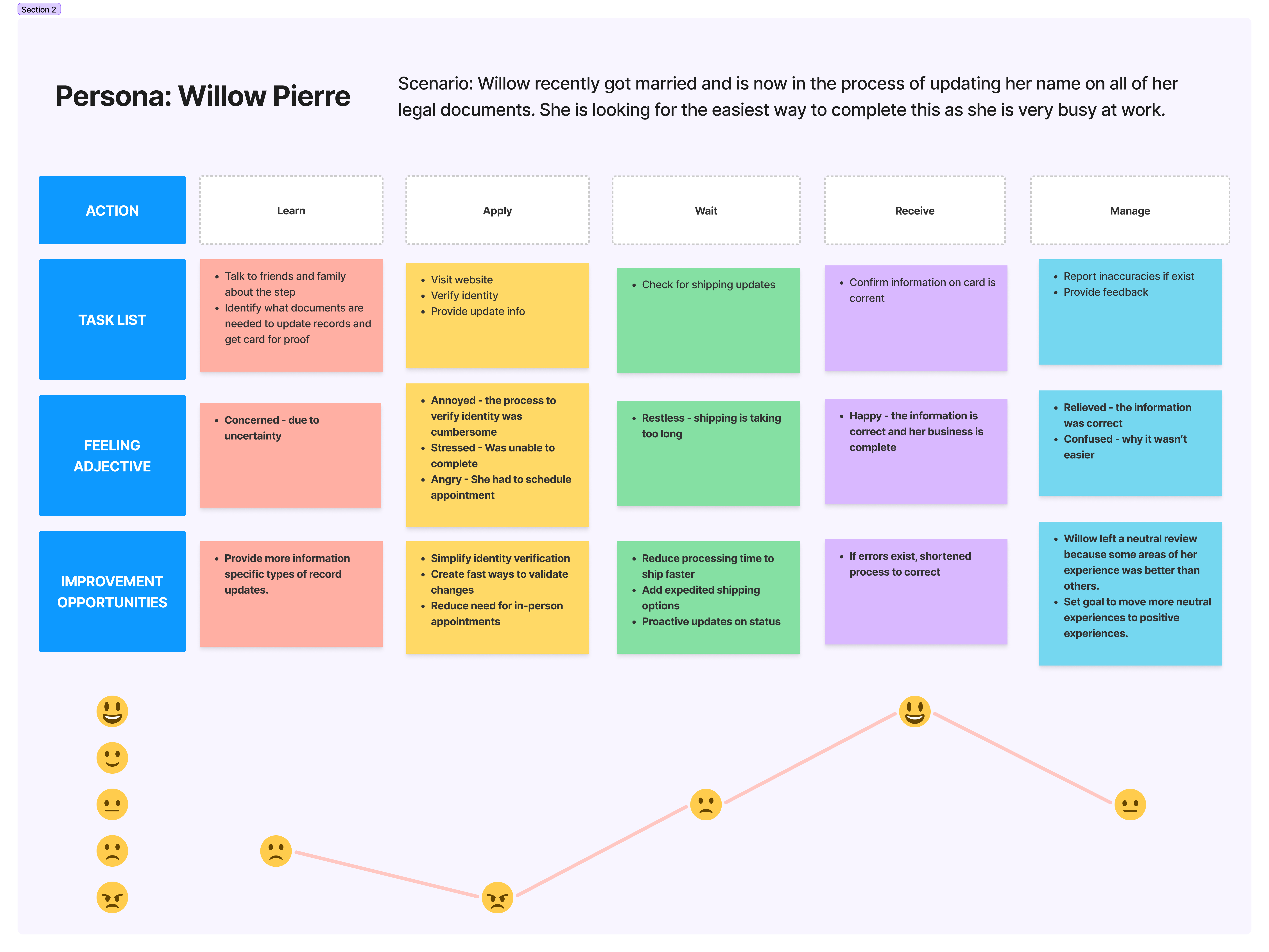
Service Blueprint
In this case, we had to consider multiple touch points and interactions including web, phone, and in-person visits. This blueprint demonstrates the complexities of human interactions within complex systems. We conducted ethnographic studies to understand the behaviors of our customers, employees, and the props they interacted with.
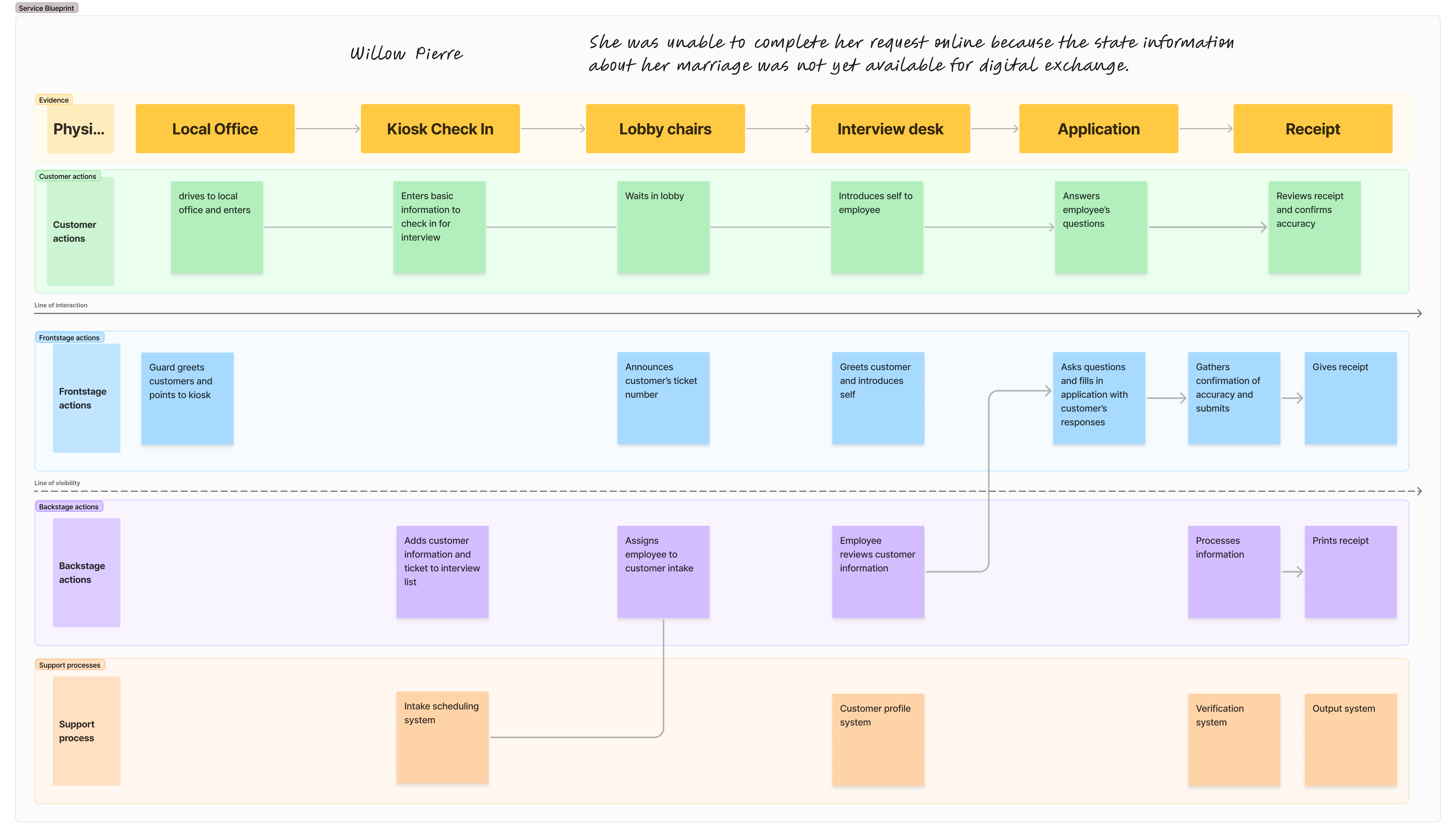
Design Prototype
From our research and analysis we learned the path through the digital card product wasn't as straightforward in real life. There were 5 different product teams working in silos and building disjointed systems. This meant the customer was often left to find their way through a maze of information and poor handoffs between product boundaries.
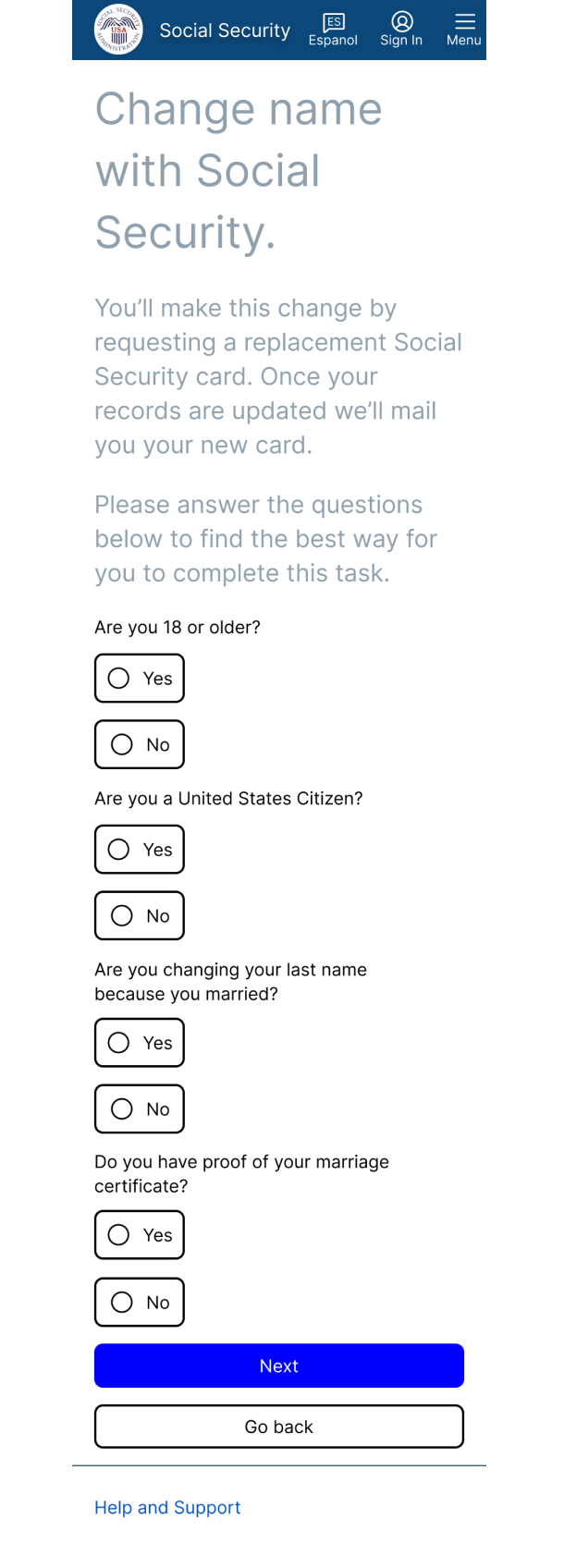
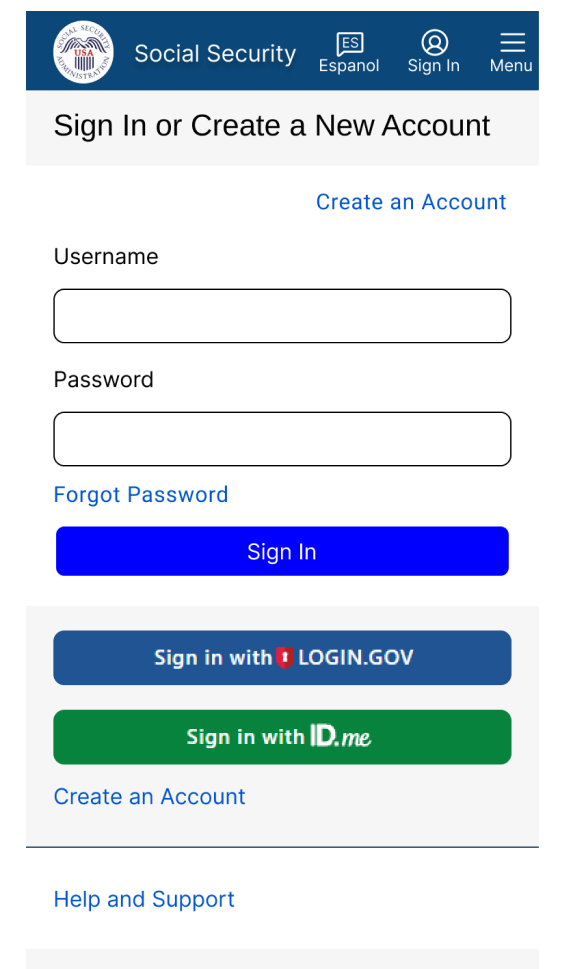



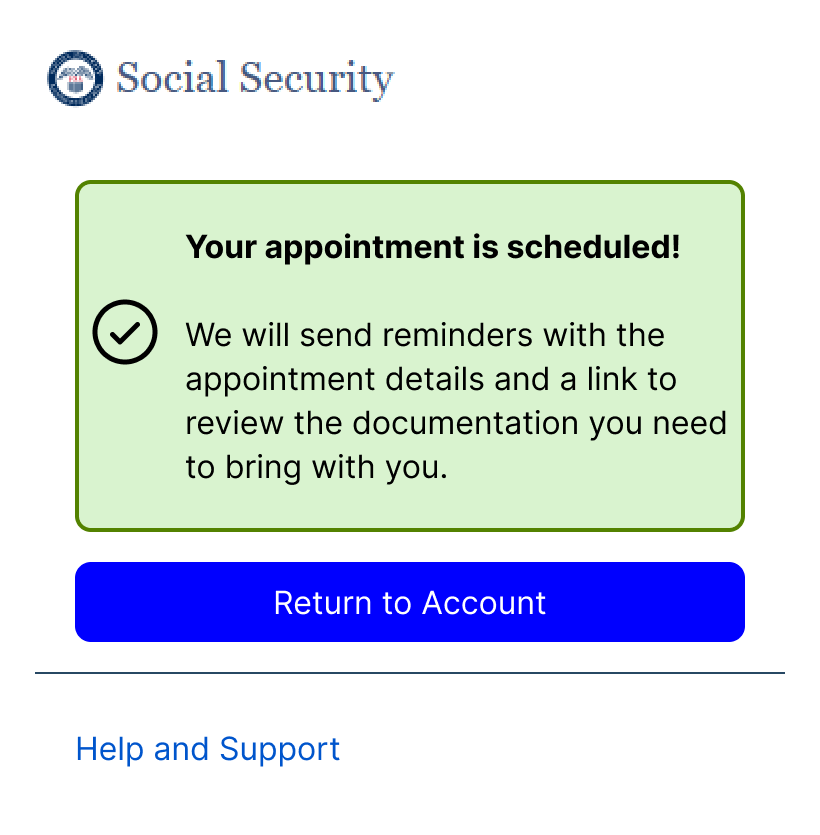
Conclusion
The new process created a more equitable and improved customer experience. To find success in solving this type of problem, it is paramount that you step in the customer’s shoes. You need to experience how they interact with the people, process, and technology that enables service. The best journey incorporates all available props and technology (i.e. web, phone, SMS, mail, etc.) to create a seamless, omnichannel experience.